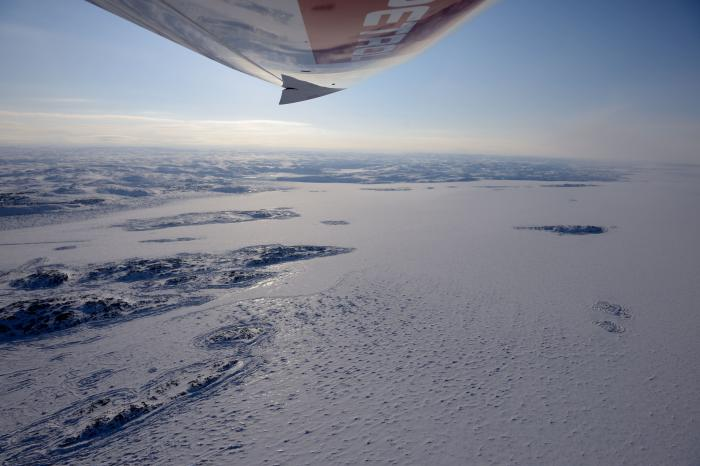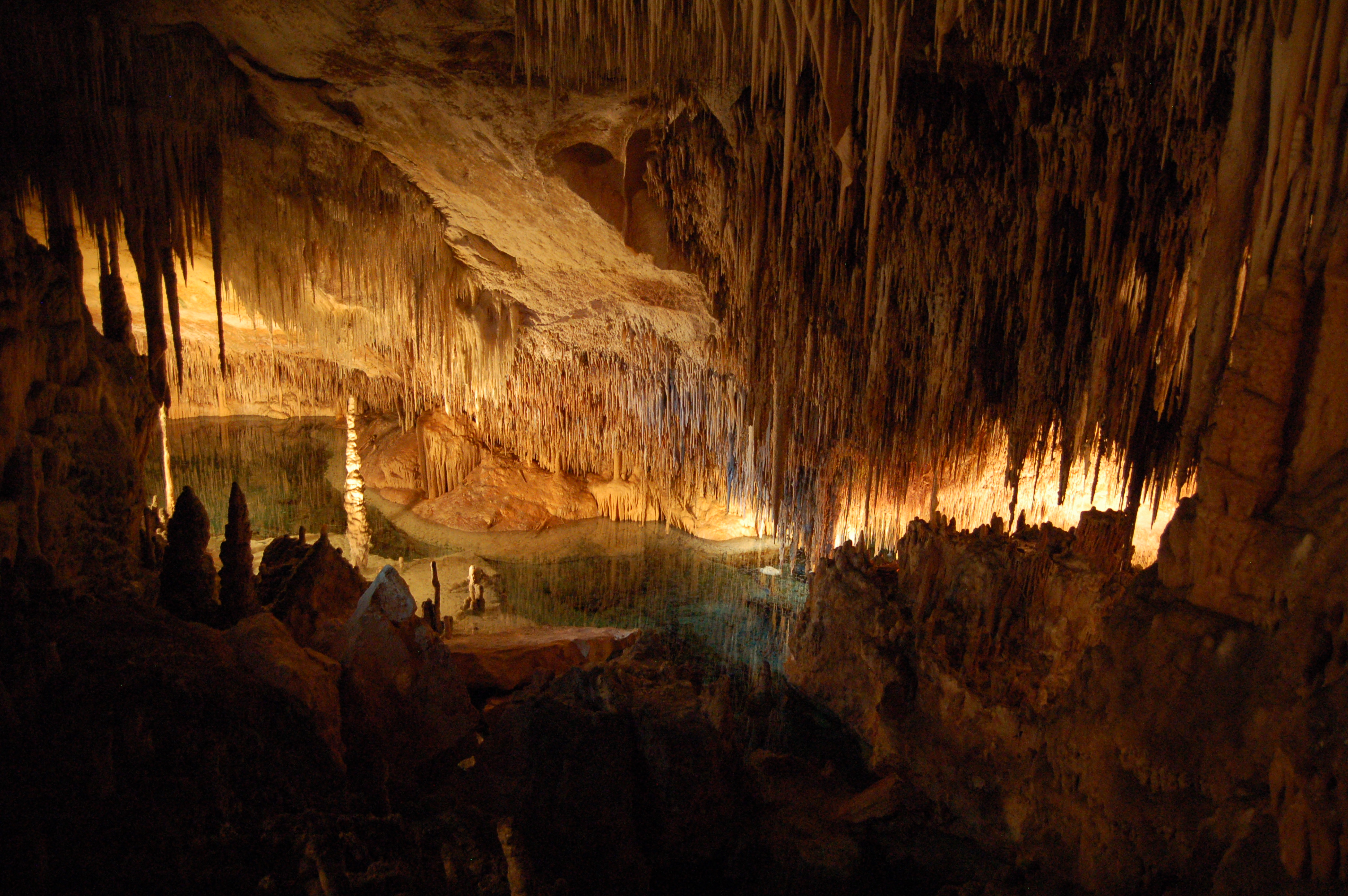The sky north of Ellesmere Island had just cleared when Matevz Lenarcic, flying alone in a Pipistrel Virus airplane at around 3,600m (10,000ft), got a call on his satellite phone. His friend following the weather on a computer in Slovenia had spotted heavy clouds and snow closing in on Lenarcic’s destination, an airfield near Resolute Bay, in the Canadian Arctic.
Lenarcic, a Slovenian pilot and adventurer, had departed Longyearbyen, Norway, early that morning. When he reached the North Pole, he tipped the ultralight plane’s wings over and circled the Pole in a whimsical, if brief, round-the-world flight. Two hours later, shivering despite the immersion suit he wore, Lenarcic faced a more serious decision: race the storm to Resolute Bay or divert to Eureka, a nearby weather station with no facilities for protecting his plane after landing.
Continue reading Lone pilot’s Arctic mission to map dark side of carbon



